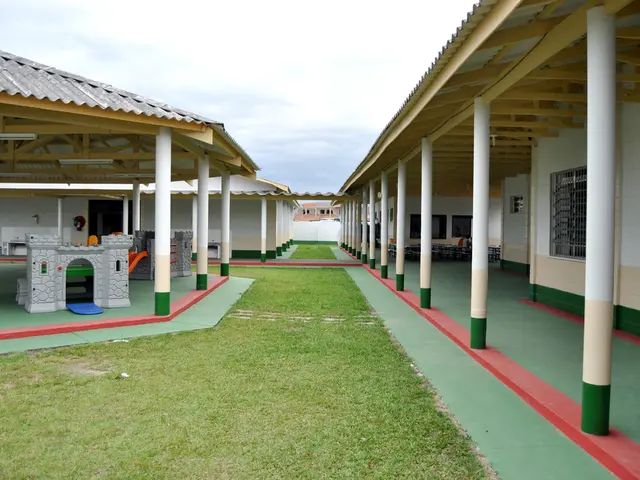Revised CMS Reclassification of CAR-T DRG: Implications for Manufacturers and Four Potential Strategies
In a significant move for the healthcare industry, manufacturers of pipeline immunotherapy products are finding themselves in a better payment environment at launch compared to the original CAR-T therapies. This improvement is partly due to the groundbreaking work and advocacy of the pioneering CAR-T products.
Back in 2017, the first CAR-T therapies were mapped to the bone marrow transplant DRG (016) at $43,094. However, fast forward to 2020, the Centers for Medicare and Medicaid Services (CMS) established DRG 018 specifically for CAR-T therapies, marking a step towards equitable payment. As of 2022, CMS will reimburse immunotherapies assigned to DRG 018 at $246,958 plus other temporary adjustments such as New Technology Add-On Payments (NTAP) and outlier payments.
The creation of DRG 018 is a response to the high cost and complexity of immunotherapies. In 2021, CMS added CAR T-cell therapies to DRG 018, and future payments for these immunotherapies are expected to shift towards separate reimbursement outside of the DRG to better reflect their high cost and encourage access.
However, this shift is not without uncertainties. To prepare for these uncertainties, manufacturers should anticipate fluidity and plan to adjust their launch strategies as more immunotherapies reach the market and claims volume increases. Immunotherapies priced below the DRG may benefit from this assignment, while others priced above the DRG payment may be disadvantaged.
As the landscape of immunotherapies evolves, CMS will continue to evaluate DRG structures and payments based on clinical and cost homogeneity. This means that DRG design may change based on disease complexity and comorbidity, leading to the creation of new DRGs or DRG triplets.
Manufacturers must assess the fluidity of the DRG system when designing pricing and policy strategies. They should factor future policy scenarios into drug pricing strategy, considering potential DRG changes and the impact on payment over time. To address incorrect mapping or clinical uncertainty, manufacturers should plan for at least two policy cycles in advance of FDA approval.
In addition, manufacturers can apply for ICD-10 codes prior to FDA approval to facilitate CMS' DRG mapping process. DRG payment is calculated based on historical hospital charge data, so manufacturers should consider developing compliant and comprehensive hospital education programs as part of launch preparation.
Lastly, manufacturers should actively shape the future payment policy environment, advocating for payment policy outcomes that align with the value of their product. They should also develop robust risk mitigation plans throughout the product life cycle, including exploring alternative payment mechanisms to mitigate variability and risk.
NTAP can provide relief during the initial few years, but is not a permanent solution for high-cost inpatient immunotherapies. As such, it's crucial for manufacturers to stay informed and adaptive in this rapidly evolving payment landscape.
In August 2021, CMS expanded the CAR-T DRG to include "other immunotherapies," indicating a broader recognition and acceptance of these life-changing treatments. As we move forward, it's clear that the payment environment for immunotherapies will continue to evolve, and manufacturers must be prepared to navigate these changes to ensure the best possible outcomes for patients.
Read also:
- Peptide YY (PYY): Exploring its Role in Appetite Suppression, Intestinal Health, and Cognitive Links
- Toddler Health: Rotavirus Signs, Origins, and Potential Complications
- Digestive issues and heart discomfort: Root causes and associated health conditions
- House Infernos: Deadly Hazards Surpassing the Flames








